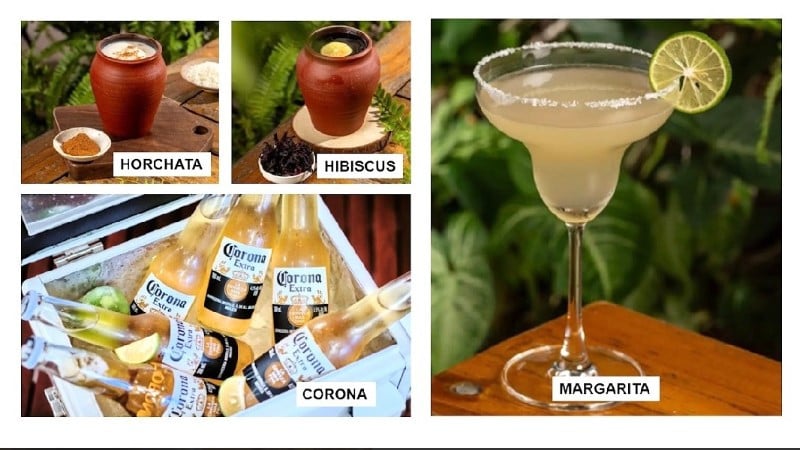
Mexican drinks offer a truly Latin American experience. (Photo: TL)
This year's World Culture Festival in Hanoi is a large-scale cultural exchange event organized by the Ministry of Culture, Sports and Tourism in coordination with the Ministry of Foreign Affairs and the Hanoi People's Committee, gathering representatives from 48 countries. During the journey to explore the festival, the culinary area, open from 9:00 to 21:30 on October 11 and 12, will attract a large audience. Visitors can enjoy typical dishes, participate in experiences with international chefs and listen to cultural stories contained in each dish.
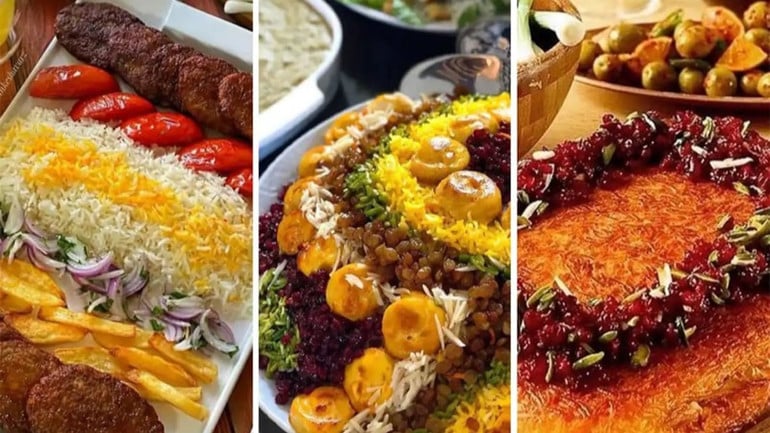
Iranian cuisine is made from pure ingredients. (Photo: TL)
The cuisine in the international district clearly shows the spirit of integration and honors the identity of each nation. If Venezuelan cuisine impresses with the blend of indigenous ingredients, African heritage and European influence, then dishes such as Arepa, Cachitos, Tequeños or Tres Leches cake, Quesillo... have recreated a colorful culinary journey. Each dish carries within it the story of the land, people and history, prepared by Venezuelan chefs, helping diners feel the taste of South America in the heart of heritage.
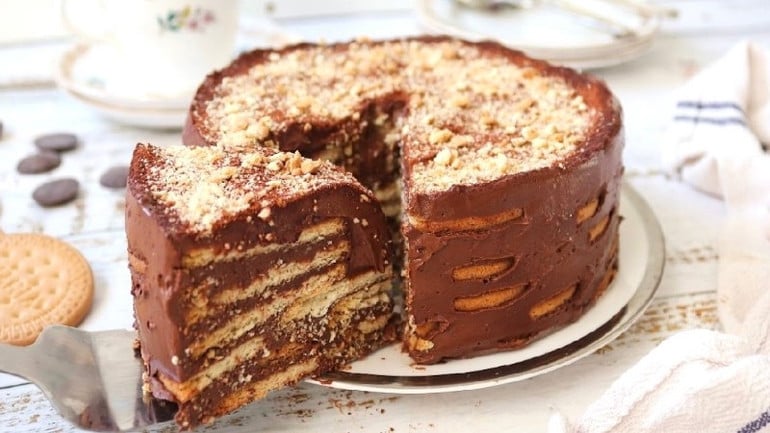
Marquesa cake - cold dessert of Venezuelan cuisine. (Photo: TL)
Angolan cuisine takes diners to a distinctly African space, where Peito Alto de Vaca - beef brisket stewed with tomatoes, garlic, eggplant and okra - is served with fufu made from cassava or corn flour. The rich, rustic taste of the dish reflects the community spirit and solidarity in traditional Angolan culinary culture.
At the Indian booth, visitors can enjoy Galouti Kebab chicken - a dish originating from the Lucknow royal palace, elaborately prepared from minced chicken with herbs and spices, giving a "melting" feeling in the mouth. Along with that, Butter Chicken is one of the famous dishes of Indian cuisine. Born in New Delhi in the kitchen of the legendary Moti Mahal restaurant in the mid-20th century, the tender chicken is cooked in a smooth tomato sauce, blending the fatty taste of butter and cream, creating a balanced flavor between mild sourness, spicy and fragrant. When enjoyed with naan, roti or basmati rice, the dish brings a feeling of warmth, easy to eat and full of appeal.
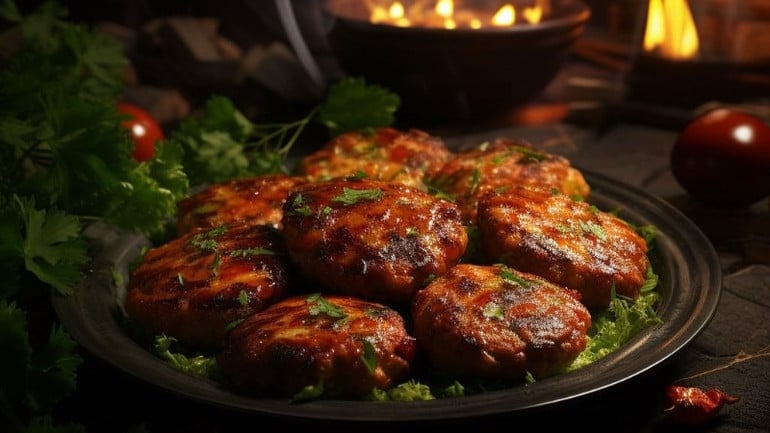
Chicken Galouti Kebab - a gem in the Indian culinary treasure trove. (Photo: TL)
Iranian cuisine opens up a world of flavors bearing the mark of a thousand years of civilization. Dishes such as AabGousht (Dizi) - a traditional stew with lamb, beans, potatoes and spices; Fesenjan - a rich stew with a harmonious sweet and sour taste from pomegranate sauce, combined with the rich taste of walnuts; Baghali Polo - fragrant rice cooked with fresh dill and horse beans, often combined with tender stewed lamb; Zereshk Polo - a delicate resonance between rice, saffron and currants or Kebab - fragrant grilled skewers made from lamb, chicken, liver or minced beef... showing the sophisticated art of processing and the philosophy of living in harmony with nature of the ancient Persians. Not only food, Iran also conquers diners with a diverse world of drinks. Drinks like Sekanjebin - a traditional Iranian beverage made from vinegar, mint and honey or traditional black tea also reflect the deep culture and hospitality of Iranians.
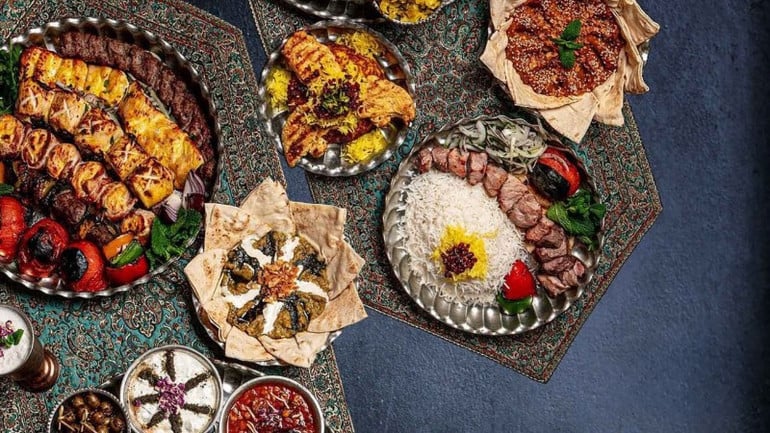
Iranian cuisine is a colorful picture with hundreds of exquisite dishes. (Photo: TL)
Japanese cuisine is represented by Sashimi - the essence of honoring the original flavor of the ocean. Each slice of fresh seafood is meticulously cut, preserving the natural freshness, demonstrating the skill and perfectionism of the chef of the Land of the Rising Sun. Each piece of sashimi is not only a dish but also a work of art, conveying the philosophy of "harmony with nature" typical of Japanese culture.
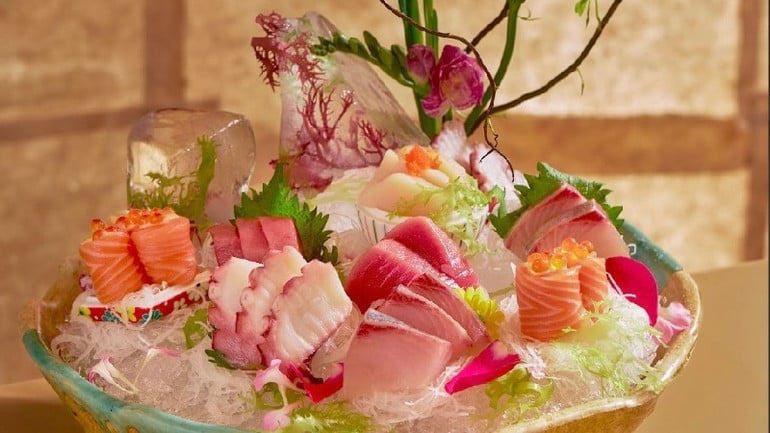
Sashimi - the essence of Japanese cuisine. (Photo: TL)
Contributing to the world culinary exchange space, Peru brings Pisco Sour - a national cocktail born in Lima in the early 20th century. The combination of pisco wine, lime juice, sugar syrup, egg whites and Angostura bitters creates a balanced sweet and sour taste, a refreshing aroma and a characteristic smooth foam. This drink is not only a symbol of Peruvian culture but also a national pride associated with the National Pisco Sour Day held annually. Today, this drink is recognized worldwide, appearing in events and cultural festivals, symbolizing the joy, friendship and hospitality of Peru.
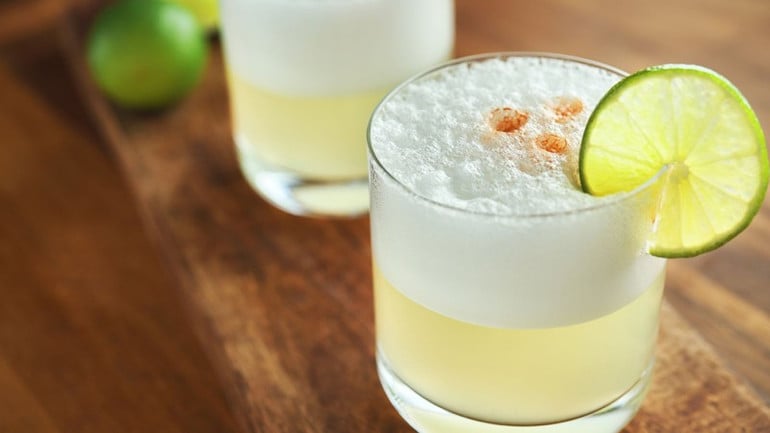
Pisco Sour is the national cocktail of Peru. (Photo: TL)
Korean cuisine participated in the World Culture Festival with the typical Kimbap and Bibimbap dishes. Kimbap is a familiar seaweed rice roll, in which rice is mixed with sesame oil, salt, rolled with vegetables, eggs, meat or fish, then cut into small, bite-sized pieces. Bibimbap is a world-famous mixed rice dish, combining white rice with vegetables, meat, eggs and Gochujang chili sauce. The combination of bright colors, harmonious flavors and high nutritional value has helped Bibimbap become a symbol of Korean cuisine.
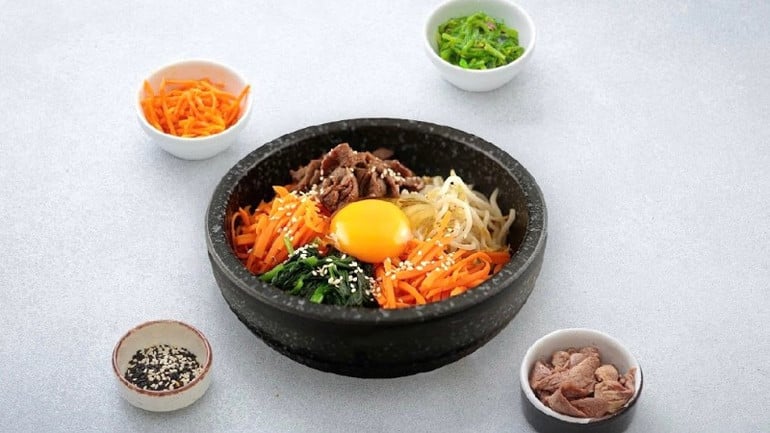
Bibimbap is one of the typical dishes of Korean cuisine.
From South America to Asia, from the Middle East to Africa, each food stall at the World Culture Festival is a “cultural ambassador”, contributing to promoting the identity and culinary quintessence of each country. Through each dish, the public feels the rhythm of life, climate, customs and creative spirit of people across five continents in line with the spirit of the festival: “Culture is the bridge of humanity, creativity is the common language of the world".
NGOC LIEN
Source: https://nhandan.vn/quang-ba-van-hoa-qua-am-thuc-tai-le-hoi-van-hoa-the-gioi-post913711.html





![[Photo] Closing of the 13th Conference of the 13th Party Central Committee](https://vphoto.vietnam.vn/thumb/1200x675/vietnam/resource/IMAGE/2025/10/08/1759893763535_ndo_br_a3-bnd-2504-jpg.webp)






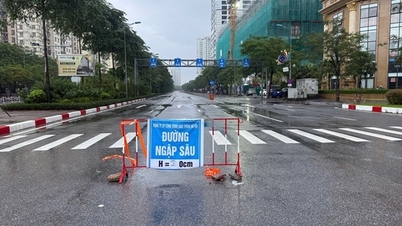







![[Video] Closing the 13th Conference of the 13th Party Central Committee: Unanimously introducing personnel for the 14th Central Committee](https://vphoto.vietnam.vn/thumb/402x226/vietnam/resource/IMAGE/2025/10/08/1759924977541_be-mac-jpg.webp)



















































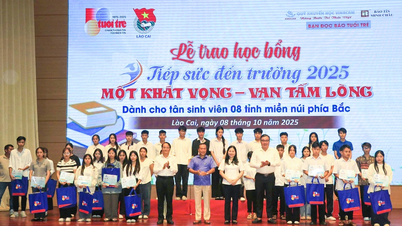




















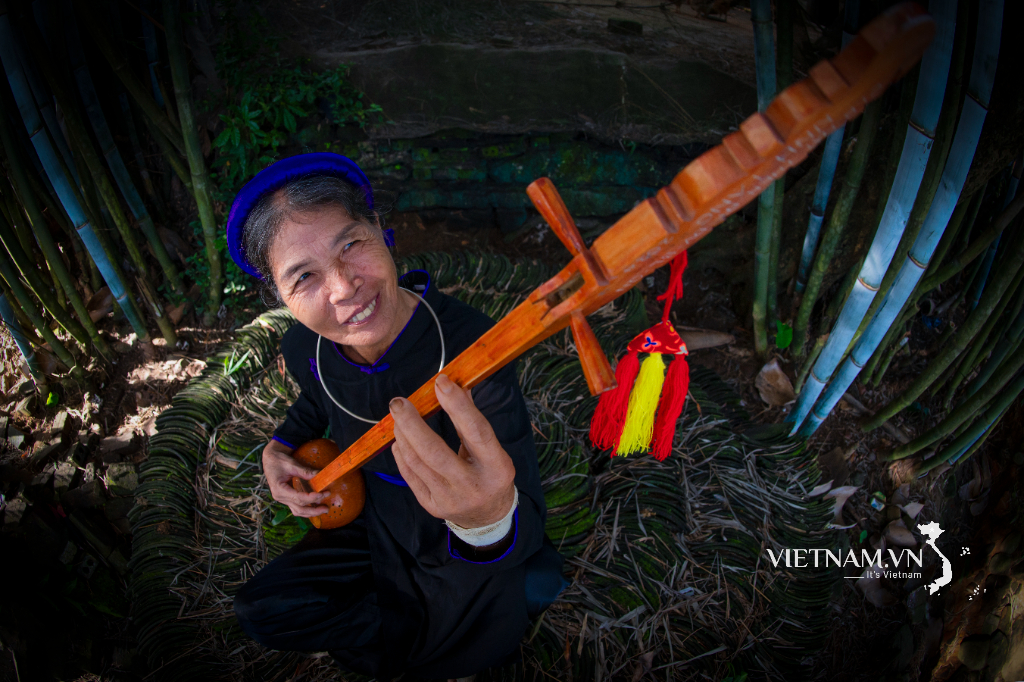

Comment (0)